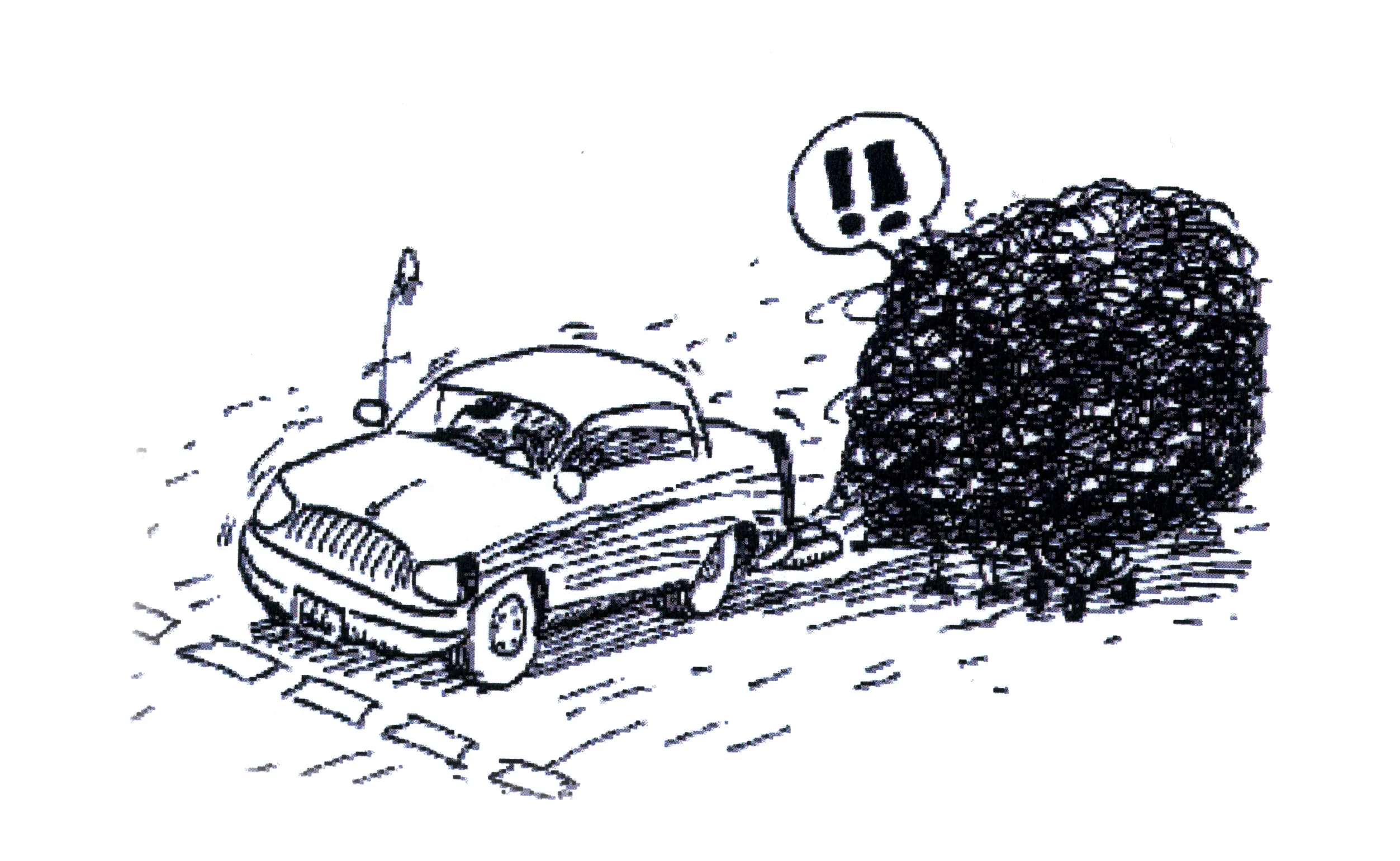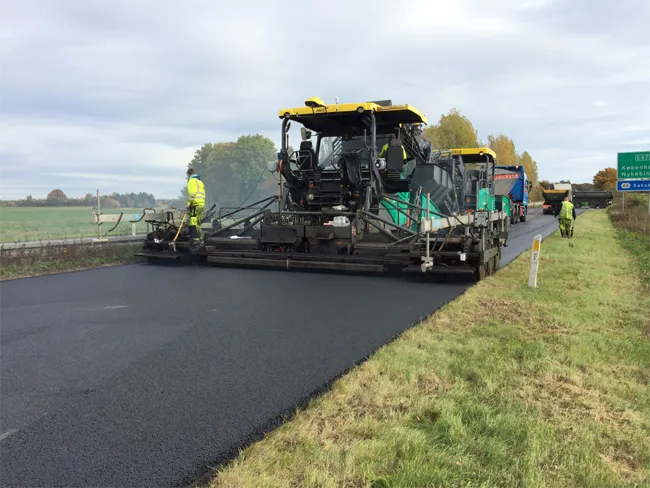
Public consultation is nearing completion on the sensitive issue of internalising external costs to make transport users pay for the perceived negative effects they inflict on society, including air pollution, CO2 emissions, accidents and congestion. Within six months a universal model will be unveiled by the European Commission (EC).
The
Up for debate are questions such as which costs should be considered to be transport-related externalities, including for example hospitalisation costs for people involved in road accidents or costs related to congestion, including time loss.
Another topic is what should be done with the money raised by internalising these costs. It is thought that confronting motorists with these costs by imposing charges on infrastructure could ensure a more efficient usage of infrastructure and address some of these negative consequences.
The Commission points out that over the past decades all transport has increased in line with economic growth. Freight transport growth has been 2.8% per year in the period 1995-2005 while the real GDP grew by 2.3% per year in the same period. At the same time passenger transport has grown 1.9% per year. Freight transport demand has increased more strongly for road transport.
A research project called GRACE (Generalisation of Research on Accounts and Cost Estimation) aims to support policy makers to develop sustainable transport systems through pricing and taxation schemes that reflect the costs of infrastructure use. The EC says these costs imposed by infrastructure use on society at large are not at all or unequally shouldered by different sectors of the transport system.
On the question of congestion, predicting and assessing its level is not an easy task because congestion is always defined in relation to "optimal" level of traffic (which definition may vary from one country to another). Congestion depends on timing and location and is not homogeneous through Europe. Congestion is mostly an urban problem. Interurban road congestion also exists in dense areas, in particular in Germany, the Benelux and the southern part of the UK as a result of their large urban areas.
On the question of accidents, the Commission points out that road fatalities are unacceptably high although they have decreased in the EU as a whole. Besides high private costs due to loss of relatives or friends, accidents impose costs to society (medical costs, police costs, material damages), which are only partially covered by existing insurance systems. Furthermore, accidents may also imply non-recurrent congestion problems when traffic is dense, increasing travel time spent for other users.
Environmental impacts
Although efforts have been made to reduce pollution, gas emissions and noise, some environmental damages continue to increase, affecting a large number of citizens (health) and the ecosystem (biosphere, soil, water). Successful results have already been obtained, especially in the air pollution field.
Noise emitted by transport has detrimental effects on health. The magnitude of health effects from exposure to traffic noise is very significant. Although several Community measures have been taken to reduce noise pollution, there is no evidence that the exposure to transport noise has been substantially reduced.
More worrying are the trends of greenhouse gases emissions. CO2 emissions of transport have increased by 29% from 1990 to 2004 while CO2 emissions in other sectors of the economy (industry, households) have been reduced or stabilised, say the EU.
Finally, transport infrastructure generates costs related to land use, which have different aspects in urban and non-urban areas. These costs include damage on nature (for example fragmentation of ecosystems) and on landscapes, and separation effects, which may affect residents along the transport axis as well as pedestrians, bicycles, or local traffic.
EC policy is that transport activities, including vehicle purchase, ownership and use, are already subject to numerous taxes and charges, which may overall compensate, and in some cases even over-compensate, for some of their social costs. However, many of the existing taxes have not been established for this specific purpose, and consequently there is often no direct relation between the costs paid by individual transport users and the additional costs they impose on society.
Many road lobby groups argue that "motoring already pays for itself" through existing taxes, including fuel and vehicle taxes. These already reach over €360 billion, easily covering the costs inflicted by road users. The road industry also insists that only CO2 should be considered as an external cost to society, because internalising the marginal costs of accidents and congestion "is neither feasible nor the most efficient instrument available to deal with these serious social issues" ·







